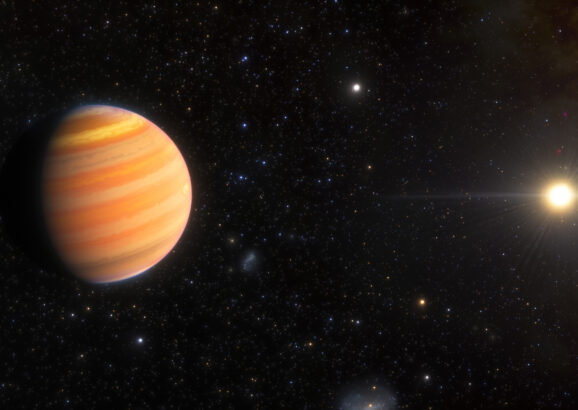Sarah Millholland
Research Interests
Professor Sarah Millholland’s research explores the demographics and diversity of extrasolar planetary systems. With thousands of exoplanets now discovered, it is clear that the physical processes driving planet formation result in a staggering degree of variety, with most known exoplanets exhibiting a range of properties unlike those represented in our Solar System. What produces this diversity? And how can we understand the Solar System within this broader context?
Millholland and her team use data-driven orbital dynamics and theory to study the origins of patterns in the observed planetary orbital architectures. These “architectures” refer to properties like the orbital spacings, eccentricities, inclinations, axial tilts, and planetary size and mass relationships. She specializes in investigating how gravitational interactions like tides, resonances, and spin dynamics influence the formation and evolution of planetary systems and sculpt observable exoplanet properties. She also studies planetary interiors and atmospheres and seeks to make pioneering connections between the dynamical configurations of exoplanets and their physical properties. Millholland employs a synergistic approach primarily involving celestial mechanics theory, numerical simulations, and statistical methods, but she also tends to work closely with observations and enjoys following new observational mysteries when they arise.
Biographical Sketch
Sarah Millholland is originally from Madison, Wisconsin. She obtained bachelor’s degrees in physics and applied mathematics from the University of Saint Thomas in Saint Paul, Minnesota in 2015. She then spent her first year of graduate school at the University of California Santa Cruz before transferring to Yale University to keep working with her advisor, Professor Gregory Laughlin. She received an NSF Graduate Research Fellowship and obtained her PhD in Astronomy from Yale in May 2020. She then moved to Princeton University, where she was a NASA Sagan Postdoctoral Fellow from 2020-2022. In July 2022, she joined the MIT Physics faculty as an assistant professor in the Kavli Institute for Astrophysics and Space Research.
More info: https://sarahmillholland.com/

Astronomers spot a highly “eccentric” planet on its way to becoming a hot Jupiter
The planet’s wild orbit offers clues to how such large, hot planets take shape.
Awards & Honors
- 2024 // Vera Rubin Early Career Prize of the DDA
- 2020-2022 // NASA Hubble Fellowship Program (NHFP) Sagan Fellowship
- 2021 // Yale Astronomy Dirk Brouwer Prize
- 2018 // DDA/AAS Raynor L. Duncombe Prize for Student Research
- 2017-2020 // NSF Graduate Research Fellowship
- 2014-2015 // Barry M. Goldwater Scholarship
Key Publications
-
Millholland, S., Wang, S., & Laughlin, G. “Kepler Multi-Planet Systems Exhibit Unexpected Intra-system Uniformity in Mass and Radius.” 2017, ApJL, 849, L33
-
Millholland, S. & Laughlin, G. “Obliquity-Driven Sculpting of Exoplanetary Systems.” 2019, Nature Astronomy, 3, 424
-
Millholland, S. & Spalding, C. “Formation of Ultra-Short-Period Planets by Obliquity-Driven Tidal Runaway.” 2020, ApJ, 905, 71
